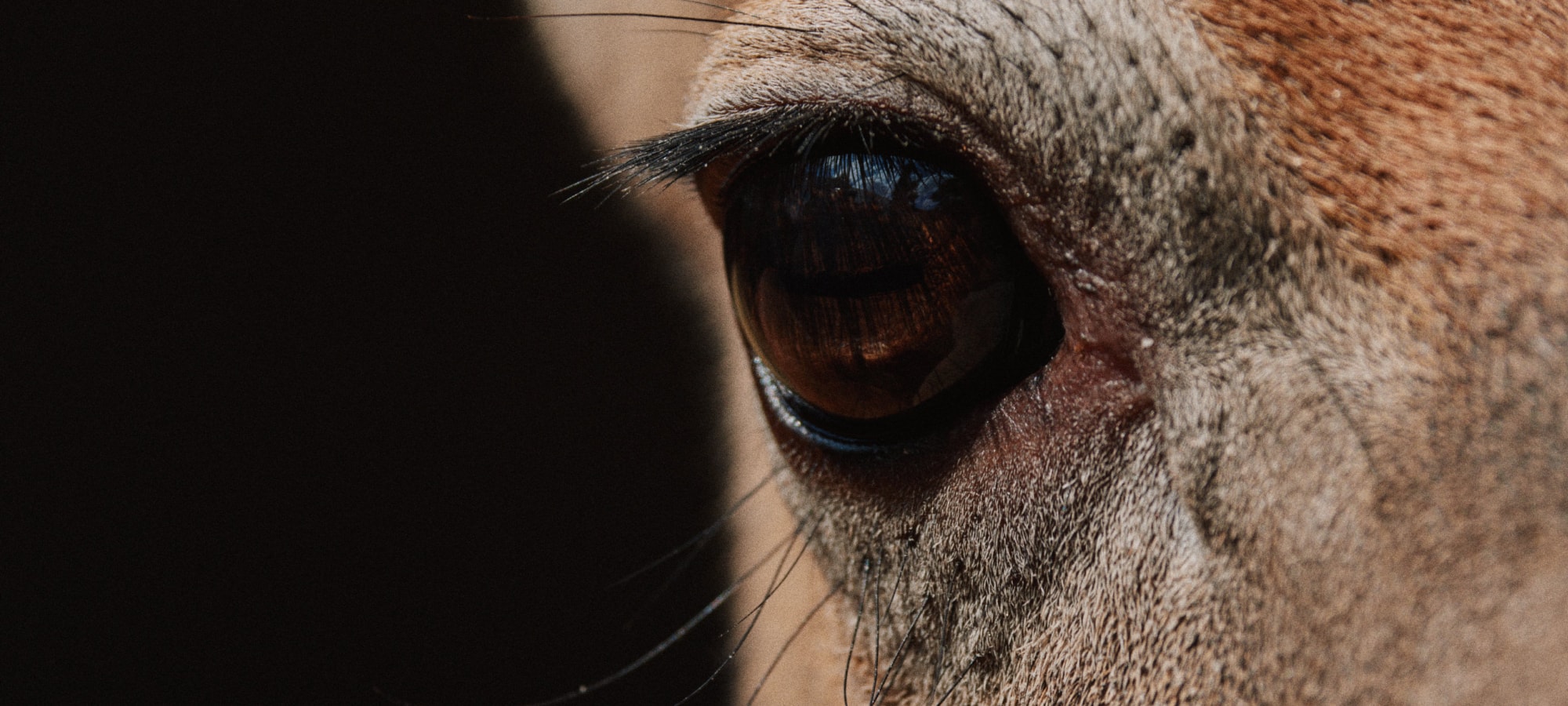9.9.2024
Optifade Cover Behind The Design
GORE™ Optifade has been trailblazing scientific solutions to concealment from animal vision for over fifteen years. In partnership with world-renowned animal vision and camouflage experts, Optifade has been at the forefront of understanding and besting the vision of game species. Decades of research into the optical makeup of animals has driven the development of Optifade towards total concealment from specific game in distinct environments. The science-based vision disruption is paired with pattern geometry and coloration to eliminate the human outline and make the wearer undetectable.
Optifade was created for a singular purpose - to make stalks and sits more successful for hunters. Prior to the introduction of Optifade Cover, there hadn’t been scientifically proven concealment dedicated to the greener seasons in the midwest and eastern US. Stick-and-leaf patterns have been widely used across the region, but studies into the vision of game species have revealed that these patterns are ineffective at disrupting a hunter's outline and fail to conceal movement. Cover utilizes this research and the pillars of Optifade concealment to redefine camouflage effectiveness. Using fractal geometry, pursuit-specific breakup elements and coloration tuned to distinct environments, Optifade is the leader in science-driven concealment.
Dr. Karl Miller is a pioneer in animal vision research, specifically in the domain of deer and other ungulates. He has been spearheading the University of Georgia “Deer Lab” for over thirty years and, like many of us, he’s a long-time whitetail fanatic. The UGA Deer Lab and Dr. Miller have been central to developments in the understanding of ungulate senses, especially how they see the world around them. Anyone who has spent time in a tree come fall understands the hurdles of besting a deer’s senses, but few understand it at depths like the Deer Lab researchers. This is where the development of Optifade Cover begins.
The construction of an ungulate’s eye is very different from that of a human, which leads to inherent differences in our comparative perception. Deer have wide-set eyes and an oval-shaped pupil, resulting in enhanced peripheral vision – roughly a 300-degree field of view. Deer also processes what they see at a rate four times faster than humans. The enhanced visual processing speed and their peripheral prowess allows deer to perceive motion with extreme clarity. The other stark difference in the optical makeup of deer compared to humans, is the makeup of their photoreceptors. Deer are dichromatic, meaning their eyes are comprised of two photoreceptors which collect light on the blue and yellow spectrum, compared to a human’s three. Because of this, deer see shorter wavelengths – in the blue range – at twenty times the sensitivity compared to humans. Meaning blue reflectance is of paramount importance when selecting colors for camouflage patterns.
All the challenges presented by deer’s visual acuity are expounded when attempting to conceal yourself from the sight of turkeys. Turkey’s color perception and discernment of movement are elevated when compared to that of ungulates. Which is why you would be hard pressed to find a hunter that hasn’t been busted by the keen eyes of spring. Turkeys have four photoreceptors, which like deer, have an increased ability to perceive blue wavelengths. But turkey color perception goes a step further, having greater recognition in the violet color range and potentially into the UV spectrum. While turkeys and ungulates share an enhanced ability to detect motion, turkeys also have a heightened ability to discern stationary objects – putting greater emphasis on the micro elements of camouflage patterns.
The development of Optifade patterns always starts in a controlled environment, and Cover was no different. Alongside Dr. Karl Miller, at the UGA Deer Lab, our goal was to scientifically develop a pattern coloration that bests the enhanced color perception of deer and turkeys. Obviously, determining the optimal colors for concealment cannot be done by the human eye – enter Dr. Miller and his team. We utilized an array of lab equipment to scientifically replicate how UV wavelengths are seen by game species. Most importantly, a Xenon Arc Lamp, which is capable of illumination via specific wavelengths, and a Spectroradiometer, which measures the brightness and color of light that is reflected from a sample. With over 30 sample patterns in hand, we tested each sample with this equipment to create a pattern with the least amount of blue and violet reflectance, which is perceived at an increased level by avian and ungulate vision. Six of those test patterns had encouraging results of reflectance and were poised for our next round of testing.
The final test of concealment exists in the natural habitat for which it is intended. Leading us to the hardwoods, with a few gadgets in hand. Our six leading test patterns were tested in a typical whitetail hunting environment with myriad sensors and spectrometers. The coloration had been proven in the UGA Vision Lab and Deer Lab and our next hurdles were central to how the pattern matched and contrasted the environment. The sum of these attributes amounts to how the pattern is perceived under the canopy in the full array of sunlight, or lack thereof. These experiments used a SpectraScan to quantify the difference in reflectance between each test pattern and its surroundings. Summating to the final iteration of Cover being viewed by game in an identical manner to its environment.
We partnered with the foremost researchers and delved into the most advanced testing methods. We combated every aspect of animal vision and considered every environmental factor in the development of Optifade Cover. Every conceivable effort was made to ensure that this pattern offers the most effective level of concealment for greener seasons east of the Mississippi River. This is Optifade Cover.

